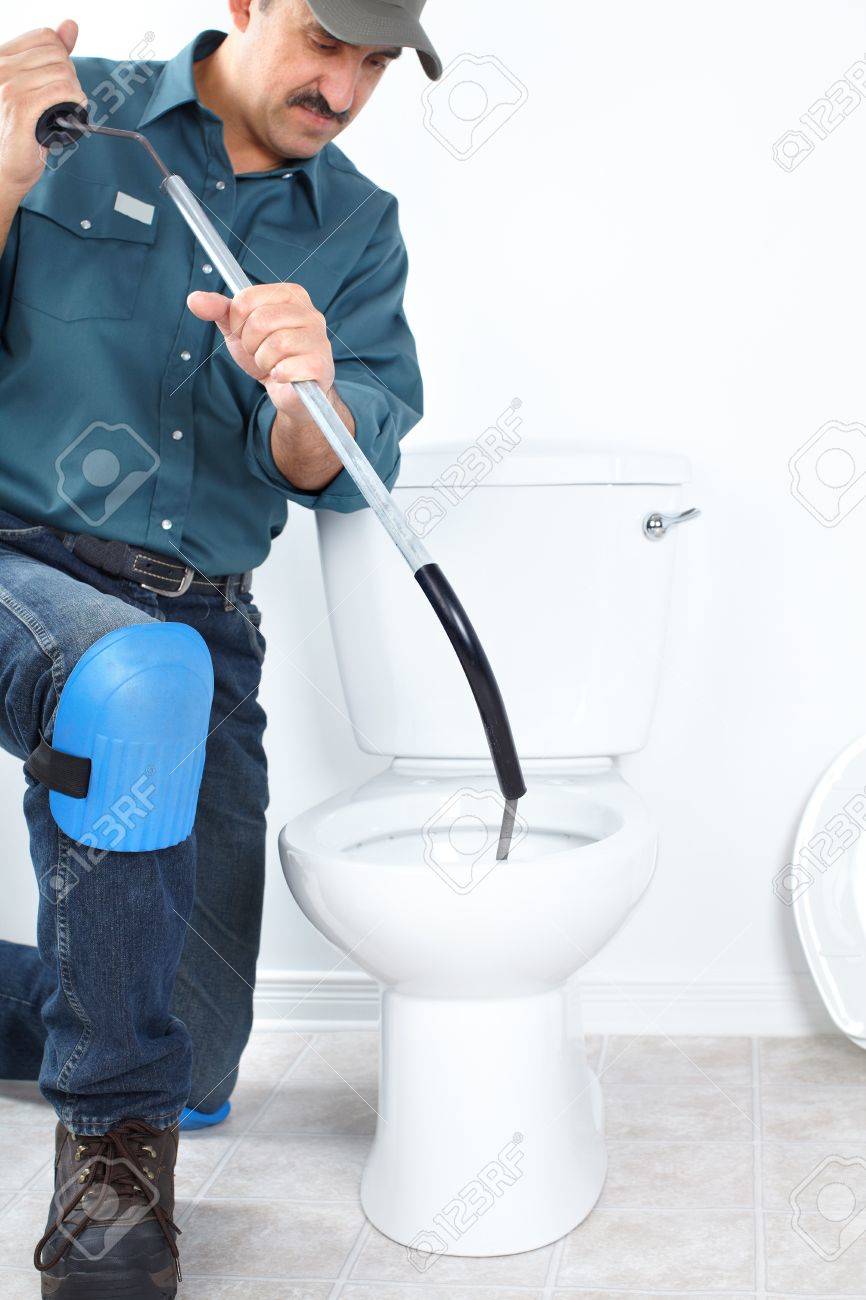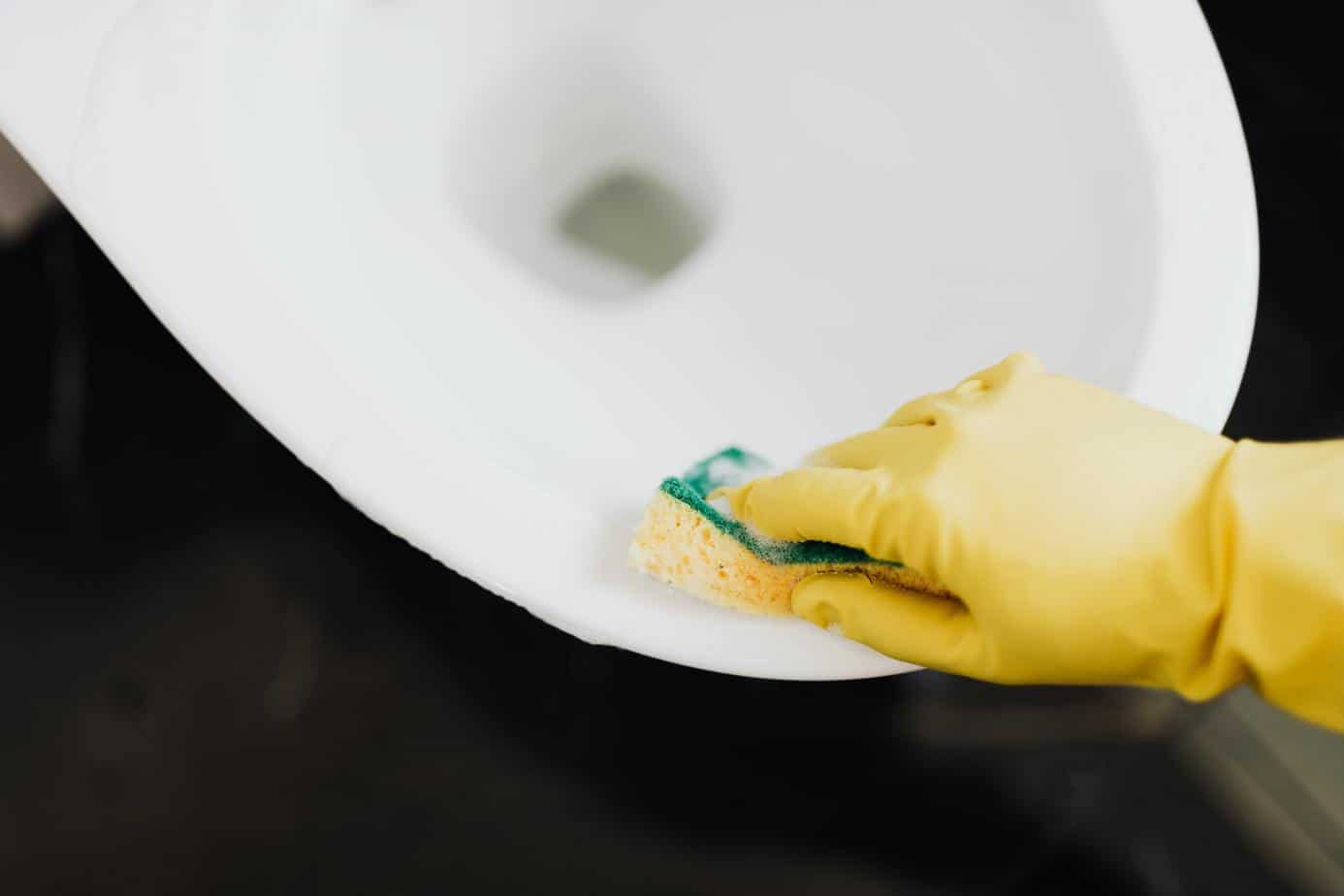Everyday Signs of a Toilet Dysfunction - What to See
Everyday Signs of a Toilet Dysfunction - What to See
Blog Article
The publisher is making several great observations on the subject of Signs of a Toilet Problem as a whole in this content just below.

Plumbing issues at home don't obtain even worse than a damaged toilet. Imagine doing your organization in the bathroom, and the bathroom will not purge.
There are numerous indicators that your toilet may be defective, and also we will quickly consider these indicators and also occurrences that, when observed, you need to call a specialist plumbing solution to either deal with the commode or re-install it.
Results of Faulty Toilets
Damaged toilets can hamper your wellness and trigger a rise in energy costs. Defective toilets can also raise the threat of flooding as well as obstructing.
Commodes do not last forever, as well as like every other point, they can outlast their purposes and also need a substitute. There are some symptoms and signs that go along with a malfunctioning commode, and your capability to make note of them promptly and employ professionals can save you a lot of dangers.
1. Split in the Tank
The very first sign that your Tank may be split is the visibility of water puddles near the base of your commode. Cracks in the Tank are in some cases tough to spot, especially if it's just a little one someplace listed below the waterline. When you see water picking your bathroom base, it is most likely a sign that your Container has actually split, as well as you need to include the plumbing technicians to find the spot and either repair it or replace it.
2. Leaky Commode
Unfortunately, the only method you may realize you have a leaky commode is when the water costs maintain going up. Leaking bathrooms are awful because they can cause great deals of damages in the house, including creating a room for mildews and mold and mildews, wrecking the flooring, as well as if the malfunctioning commode is in an upstairs restroom, it can cause problems to areas under it.
3. Clogs
Clogging bathrooms happen quite consistently, and also everybody experiences it every now and then. But if your toilet quits much more frequently, you may need to have it examined. If you have youngsters in the house, the opportunities are high that they may have tried flushing toys or materials down the tubes at some time. A blocked bathroom presents a significant risk to the sewage, particularly when products apart from cells documents and also human waste are flushed down there. While a bettor can do most of the unclogging, you must call a specialist if you see that it happens extremely often. Your commode could need more than simply a diving to come back in good shape.
4. Weak Flush
There could be a problem if your toilet does not let a whole lot of water down to purge whatever. Preferably, one flush ought to suffice to send out all your wastage down the sewers. As soon as or two times is strenuous and also influences the expenses, having to purge your bathroom even more than. It is a sign of an obstructed pipeline or a defective flushing mechanism. Sometimes, the water in the toilet dish is continuously running, and there is not enough to flush when you require to. If it's a flapper valve issue or something else, only an expert can detect.
Let the Pros In
These are several of one of the most typical root causes of a faulty commode, and also since you know, you definitely have a suggestion why there is always water at the base of your bathroom or why it does not flush appropriately.
Quickly speak to a professional when you see these signs. If you reside in Pittsburgh, our seasoned plumbers can aid recover your bathroom and also get it back in good working conditions.
Several of these mistakes are a measure of a need to replace your toilet. We likewise handle bathroom setups as well as replacements. With our years of experience in the field, our services are unequalled.
Picture doing your company in the shower room, and also the toilet will not purge. Leaking bathrooms are terrible since they can cause lots of damage in the house, consisting of producing a space for molds as well as mildews, destroying the floor covering, as well as if the defective commode is in an upstairs restroom, it can create issues to rooms below it. If your commode does not let a whole lot of water down to flush whatever, there could be a problem. Having to flush your bathroom even more than once or two times is tedious and impacts the costs. In some instances, the water in the toilet bowl is continuously running, and also there is not enough to flush when you need to.
Possible Reasons Your Toilet is Leaking
A leaking toilet is one of the most inconvenient and costly plumbing problems that homeowners face. A common tell-tale sign of a leaking toilet is the formation of a puddle near the toilet or moisture spontaneously forming on the toilet’s tank. Another tell-tale sign is a toilet that keeps running or flushing even when it isn’t used. Under normal circumstances, about 27% of water usage comes from toilet flushing. Therefore, a running toilet due to leakage can have a major impact on your water bill if left unfixed.
Needless to say, toilet leaks, whatever the cause, need to be fixed ASAP. If you notice that the toilet leak is rapidly progressing or if you have a plumbing emergency on your hands, reach out to our plumbing emergency experts who are available round the clock and try to shut off the water supply to your toilet while waiting.
However, if you have a minor leak happening with your toilet, you may want to figure out the root cause of it and decide your next steps from there. Well, you’re in the right place! This article covers the top 5 common reasons why toilets leak and how to spot them.
Leaking Supply Line
The supply line is the part of the toilet that supplies water into the tank of the toilet for flushing. The supply line is typically found outside of the toilet and it connects to two points: the supply valve which is typically installed into the wall and to the toilet’s tank. These lines are usually made of either plastic, vinyl, or stainless steel. Problems can arise when the joints of the supply line become weak or loose due to either wear and tear or accidental physical impact. The solution to this problem is typically to replace the supply line altogether.
Broken Wax Seal
The wax seal is located under your toilet where it serves as an impermeable barrier to keep flushed water and sewage from leaking outside. Since this part is enclosed, the most common reason why it gets damaged is simple wear and tear. Replacing the wax seal is a complicated process that involves actually removing the whole toilet from its place. Out of all the causes listed here, this one involves the most risk and should not be considered for DIY. Slight mistakes in the process can leave you with even worse problems.
Damaged Toilet Tank
The toilet tank is a part we’re all familiar with. This holds all the water for flushing as well as the toilet’s flushing mechanisms. Over time, the toilet tank can sustain cracks because of age or physical impact. Fortunately, really small cracks won’t mean that you need to replace your toilet. These can be quickly remedied using a sealer. Larger cracks, however, may get worse and could mean that you need to replace your toilet.
Damaged Toilet Float
The toilet float is located inside the toilet tank and is the ball that you can see floating on top of the toilet tank’s water. This serves to trigger the mechanism for refilling the water in the toilet tank when water levels run low. When this part is damaged, the fill valve of the toilet tends to run continuously. The common cause of damage to this part is wear and tear or inappropriate handling.
https://www.plumbwize.ca/blog/5-reasons-your-toilet-is-leaking/

We had been brought to that editorial about Common Signs of a Faulty Toilet from someone on our other blog. Are you aware of another person who is inquisitive about Common Signs of a Faulty Toilet ? Why not promote it. Many thanks for your time. Visit us again soon.
Plumbing challenges? Get immediate solutions. Report this page